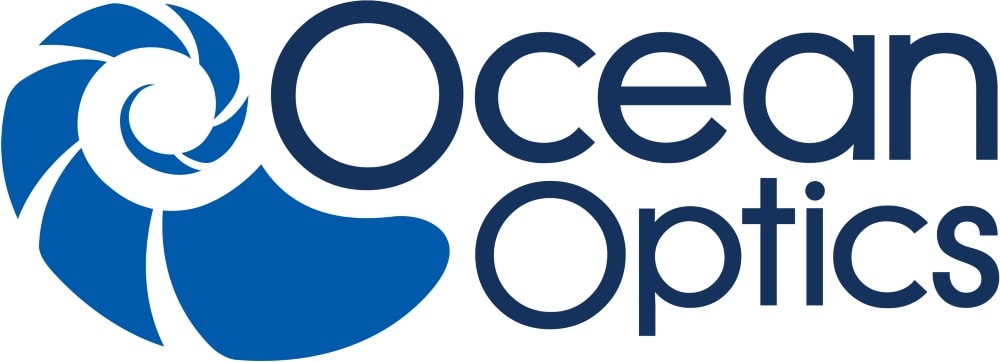Antibody-dependent cell-mediated cytotoxicity (ADCC) is an important mechanism of action (MoA) of monoclonal antibodies used in cancer treatment. Selecting suitable cell lines and optimizing culture conditions towards expression of antibody candidates with desired ADCC activity is an essential part of the R&D process. A fast and straight forward approach to easily access ADCC activity would facilitate screening of a large number of clones or monitoring the effect of upstream process variations. Other stages of R&D and production could benefit from fast ADCC assessment as well: comparing biosimilar and originator, detecting lot-to-lot variations, monitoring product stability, to name but a few.
Fc RECEPTOR AND ADCC ACTIVITY
ADCC starts with the binding of the Fab region of an antibody to a target cell, e.g. a cancer cell. Binding of the Fc domain of that antibody to Fcγ receptors on the outer membrane of natural killer (NK) cells triggers degranulation into a lytic synapse and finally the apoptosis of the cancer cell (Figure 1). The glycan micro-heterogeneity of the Fc domain, in particular on the galactose and core-fucose levels1), influences binding of the Fc domain to Fcγ receptors.





